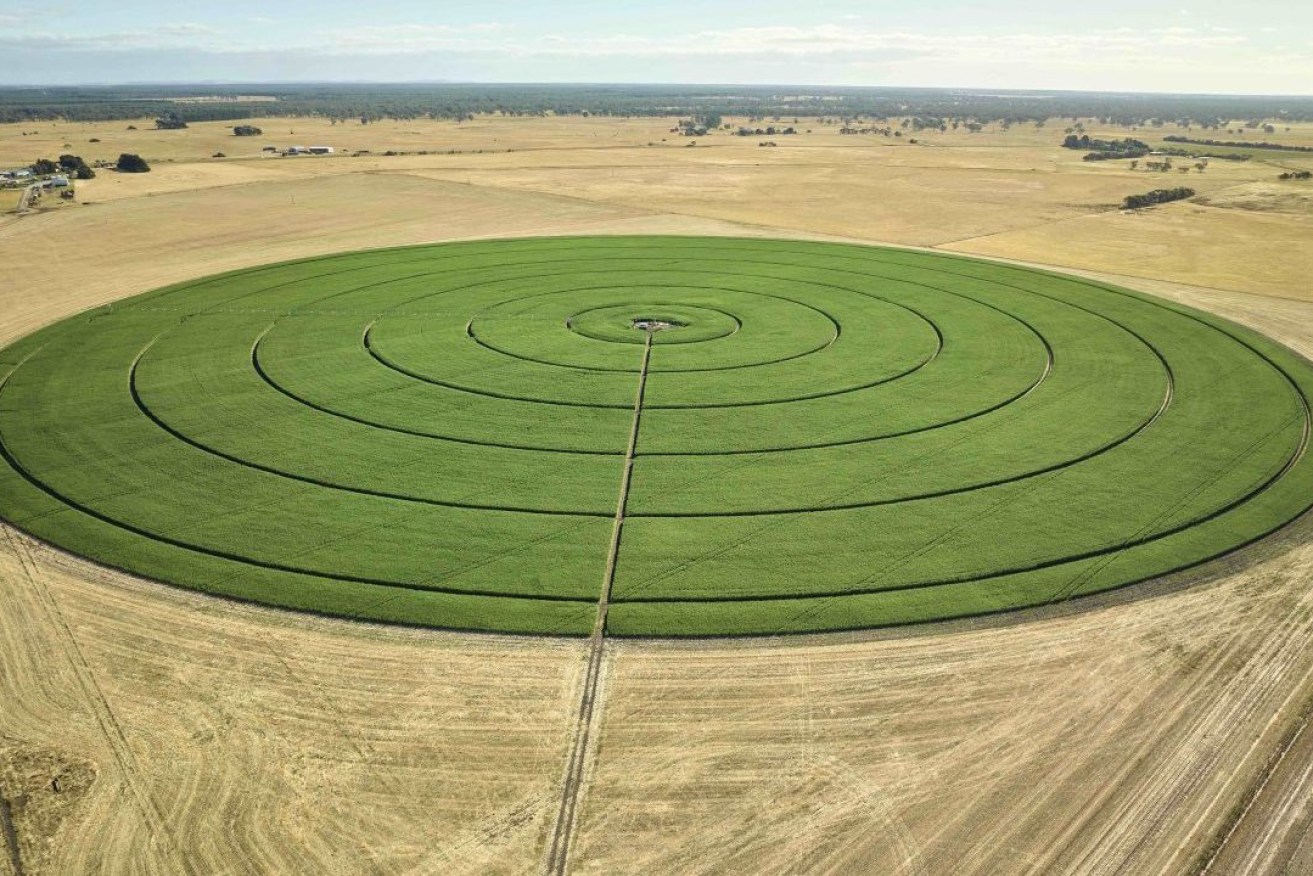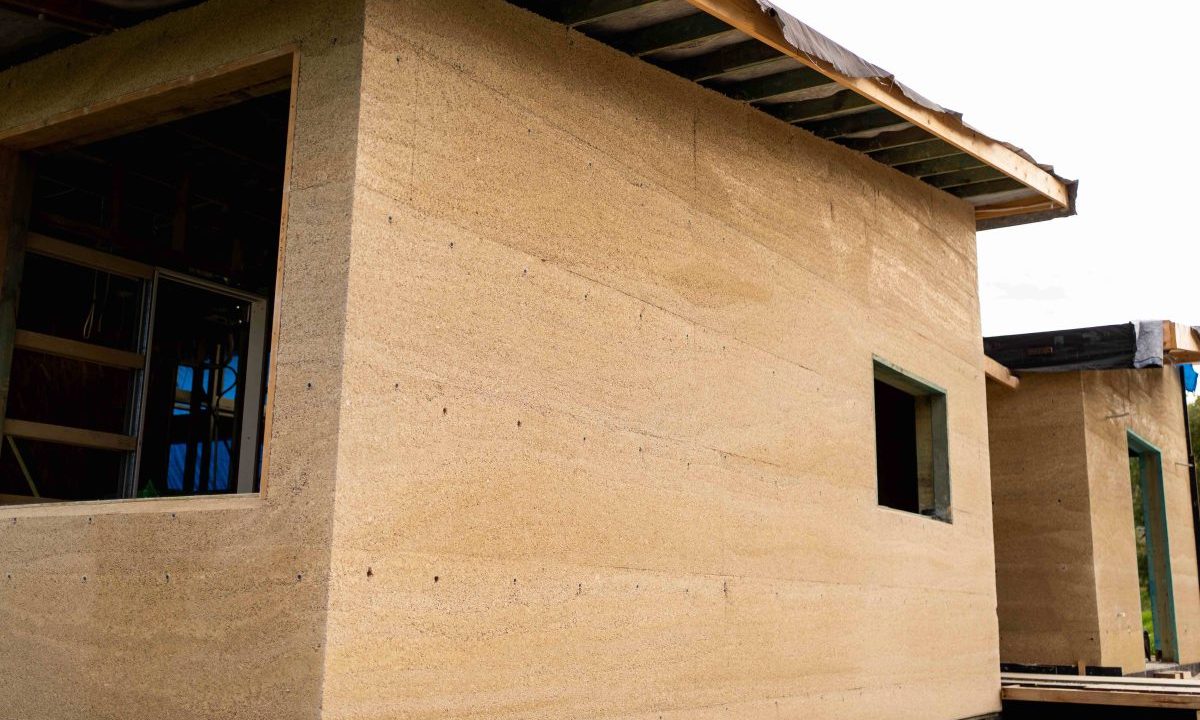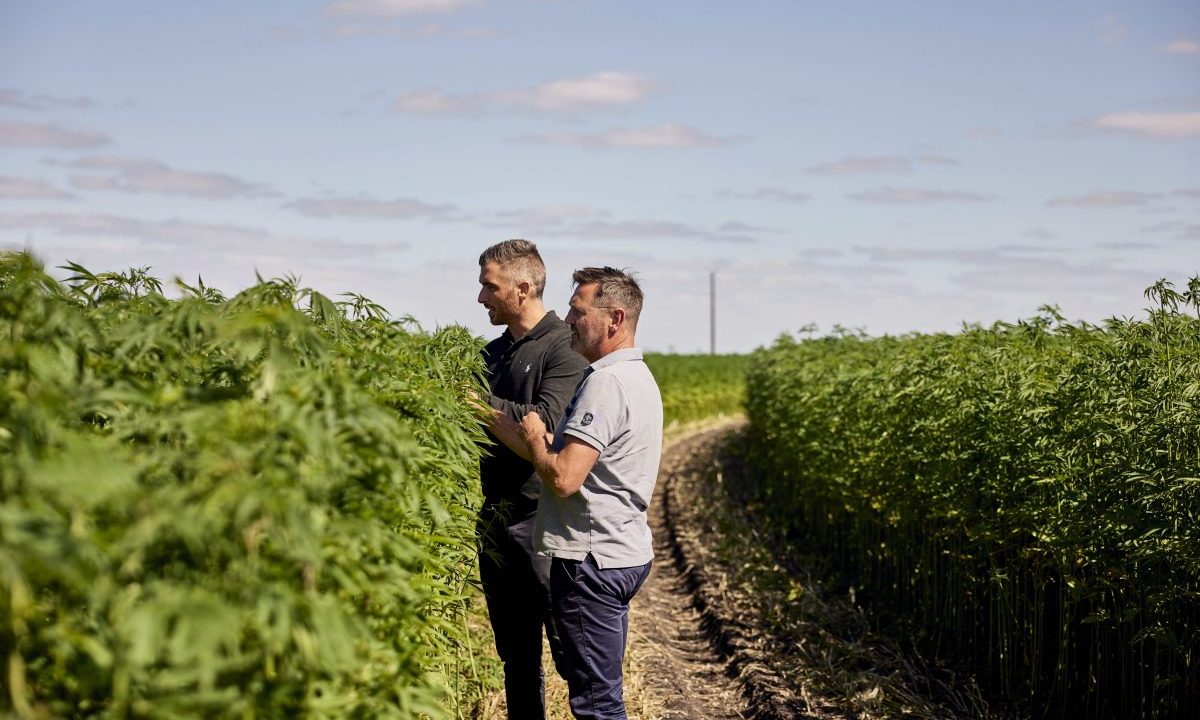
Growing the market for alternative crops
Hemp and agave. No, it’s not a tequila party, they’re the crops local startup Vircura says will take us into a greener future.

A hemp crop in the South East of South Australia. Image: Vircura
Crops of industrial hemp and agave are being grown in South Australia, with an eye to replacing traditional building materials and fossil fuels with sustainable, plant-based alternatives.
Vircura general manager Adam Djekic said the state “was late to the party in legalising industrial hemp”, noting that it has been grown in Tasmania since 1995 and in Victoria and Queensland since 1998.
South Australia was the second last of the states and territories to legalise the crop, which has been bred to have under 1 per cent of the cannabinoid tetrahydrocannabinol (THC).
Plant-based tech company Vircura has taken up residency at the Monarto Innovation Precinct where it has installed a hemp processor, and will open a plant tissue culture laboratory at its new premises on Greenhill Road that is currently under construction.
The hemp processor is the only one in the state and one of six in Australia.
Processing of the hemp results in four outputs: hurd (from the inner wood core of the stalk), fibre, fines and dust.
Djekic describes hurd as like a wood chip made from balsa wood – it is very light in comparison with traditional wood chips.
In Australia, it is mainly used for hempcrete, a biocomposite material that uses lime as a binder. Prefab building panels and precast panels are another use, and these can also use the hemp fibre and fines.
Another market is animal bedding, although Djekic said it is not something the company is focusing on.
“The hemp hurd is a really good replacement for straw or sawdust – it’s really absorbent, but hypoallergenic and antibacterial,” he said.
Vircura is working on their own value-added products, including acoustic boards for office spaces and pre-cast blocks, an alternative to Hebel autoclaved aerated concrete bricks.
While Hebel has much lower embodied energy than traditional bricks, hempcrete is carbon negative and continues to sequester carbon after installation.
Other advantages are that hempcrete is non-toxic, termite resistant, insulating and absorbs moisture, helping to reduce dampness indoors. Being lightweight, it also reduces the load on the foundations.

South Australian builders are already working with hempcrete – this home is underway near Victor Harbor by building company Habeco Built. Image: Vircura
Overseas, hempcrete has been used in commercial buildings, as well as residential. Marks & Spencer opened a new store in the UK in 2013 that used precast hempcrete panels.
Djekic said even the dust that is captured during processing has a use. Vircura is looking at developing a 3D printing filament that would enable the final product to be compostable.
“We imagine the filament would be used for niche, high-end products,” he said.
Hemp is grown in the warmer months, the growing season spanning November to April. Last year Vircura’s contracts with growers in the South East of South Australia resulted in hundreds of tonnes of biomass.
For perspective, the hurd resulting from one hectare of hemp plants is enough to build a typical 3-bedroom home.
The company also has a research crop growing in the Murraylands.
Vircura’s current customers are all builders based in South Australia and Victoria, and, Djekic said, across the country demand was much greater than supply.
Consequently, there has been “a lot of investment going into the industry” and “it’s just going to get bigger”.

Vircura’s Adam Djekic and Martyn England with one of the hemp crops grown last year for the company. Image: Vircura
The company also sees exciting opportunities in agave. Like hemp, it requires fewer agricultural inputs and can thrive in challenging conditions.
“Overseas, they use agave predominantly for distilling tequila and mezcal, but it has a really interesting value chain being an excellent source of sugar and the type of plant that can grow in semi-arid and arid environments and non-arable land,” he said.
“We’re exploring uses and speaking with companies that create everything from green hydrogen and biofuels, to again how it can be used in products like textiles and construction.”
In times of drought, agave can undergo silage and be used as an alternative animal feed.
Silage is essentially ‘pickled pasture’ that has been chopped and fermented for around 30 days to the point of acidification and is a common feed in South America.
Vircura is working closely with the University of Adelaide, as the university also focuses on drought resistant crops that can also be drawn on in times of need.
Currently, Vircura is researching a catalogue of species and has installed a demonstration plantation at Monarto. The company is also using the university’s tissue culture facility until their own is up and running.
The benefit of culturing new plants from tissue, rather than seed, is the uniformity of the product and the considerable reduction in time to a planting-ready product. While agave plants can reproduce via offshoots at the base or top of the plant, they only seed once and it is toward the end of their life.
“If you know what you’re doing [with tissue culturing], then you can do it quickly to produce thousands of plants a week, if not more,” Djekic said.
A key benefit of both industrial hemp and agave is carbon sequestration.
Conservative calculations have each crop of industrial hemp drawing down 10 tonnes of CO2 per hectare, others suggest up to 22 tonnes. For agave, it is between 30 and 95 tonnes, dependent on crop density and the length of the agave’s life cycle, which can be from three to seven-plus years.
This could provide an additional income stream in carbon farming.
“I think that’s what excites a lot of people about agave,” he said.
“There are pretty strict rules around what you can get carbon credits for, but this is a really good one to look at because it does sequester a lot of carbon.
“Interestingly, the species that create more sugars also sequester more carbon.”
The research Vircura is undertaking includes looking at which species suit Australia’s different climates, including colder environments.
“These are some of the things we’re exploring, as it gives us reach to different markets across the whole country.”
Agave farming can also help to reverse desertification caused by previous unsustainable land use, such as over cultivation and grazing.
“The key with the Agave is that you have to treat it like forestry,” he said.
“If you’re aiming to do a three or five-year growth cycle, you would plant 5000 hectares one year and then 5000 the following year, so that each year as it comes to maturity, you’re harvesting.”
Vircura is in the process of negotiating with and bringing onboard its first contract growers – but some are not located where one would expect.
“We’ve got good potential with places like the Riverland,” Djekic said, “and also McLaren Vale where there’s a lot of traditional wine growers that are looking for alternative crops to diversify.”




